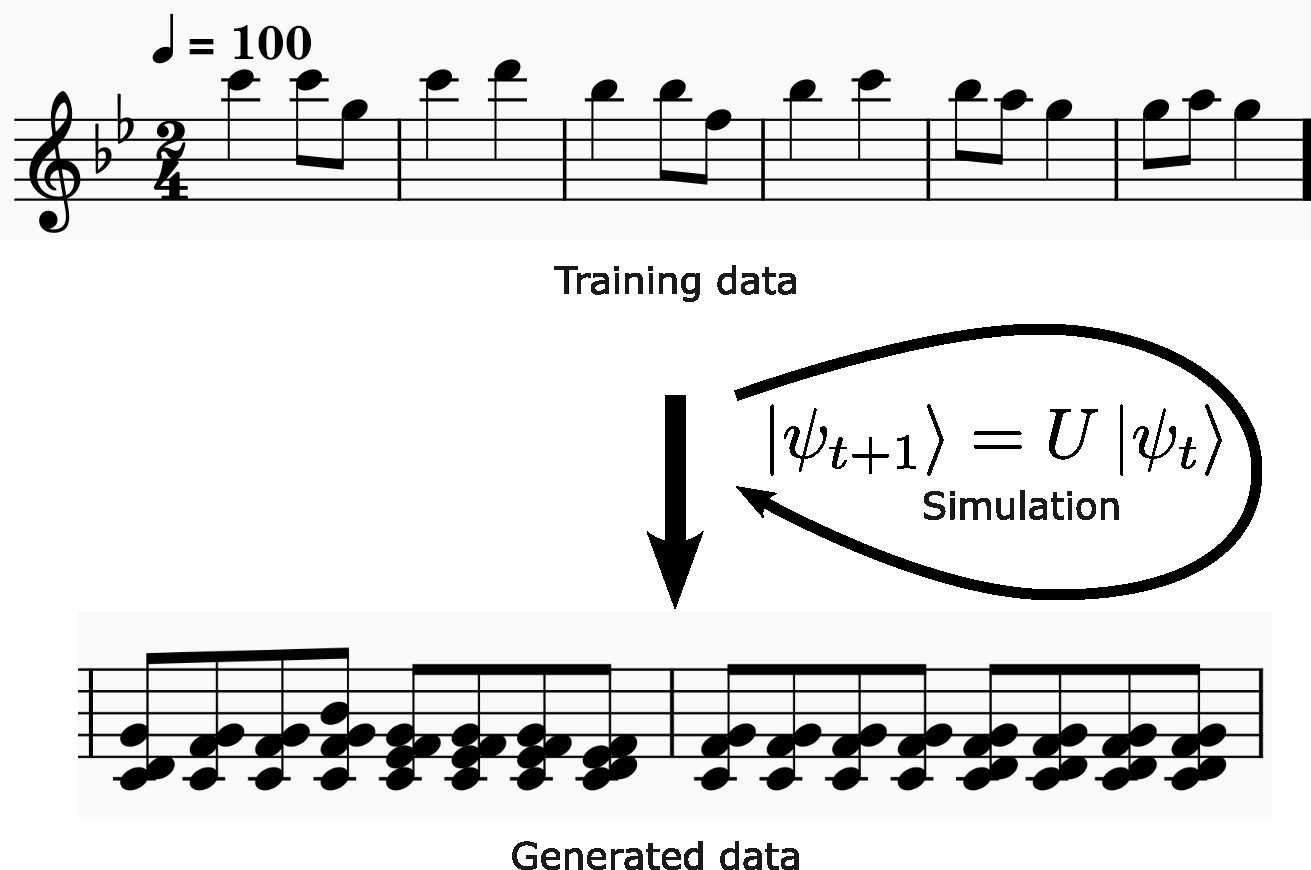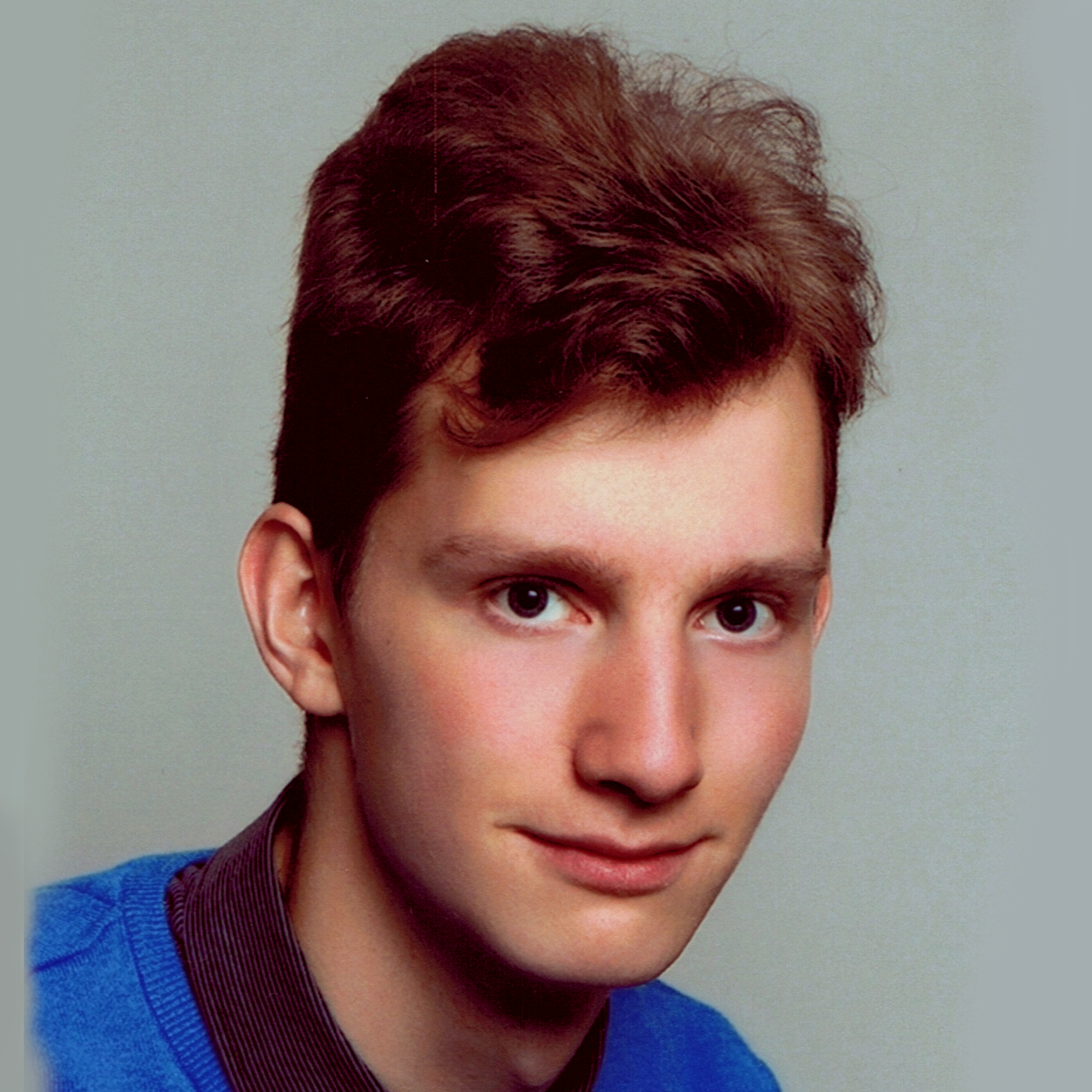
Zoltán Simon
C:\> Research
Here you can read about my research. My research projects are mostly computer graphics related.
Home_C:\> Visualization of relativistic phenomena
Special relativity describes many phenomena, not observable in everyday life. We present an educational application, which helps to understand these effects. It models vision of objects travelling close to the speed of light. e. g. it visualizes length contraction, time dilatation, relativistic Doppler effect. It considers the path of light between the object and our eye, but it also presents an opportunity to visualize events happening simultaneously as well. It allows to switch between Lorentz and Galilean transformation, so we can compare Einstein's and Newton's model. It serves with a three-dimensional space-time diagram, on which we have a chance to further analyse the movement of objects.
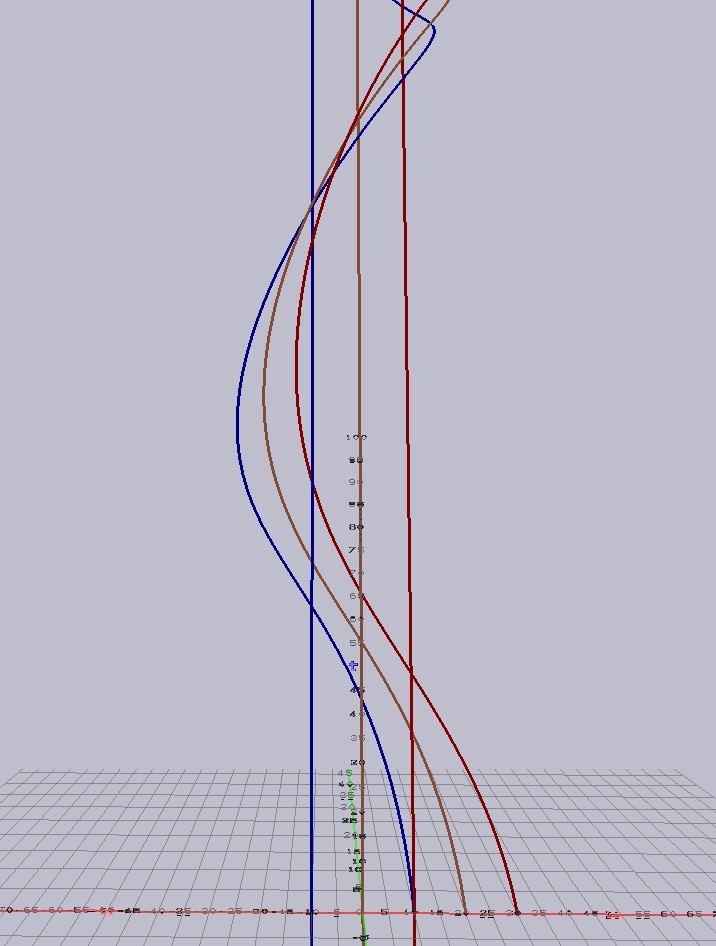
C:\> Implementation of volume rendering algorithms on graphics hardware
The following is my BSc thesis written as a student at the Electrical Engineering and Informatics Faculty, Budapest University of Technology and Economics. Topic of this thesis is implementation of volume rendering algorithms on the graphics hardware. We examine ray casting and texture slicing methods. We present the mathematical model necessary for volume rendering. Besides the thesis we have also created a rendering application capable of rendering volumetric data. We present the architecture of this software on different abstraction levels. We discuss some possible optimalisation techniques. We make some notes about the reduction of the bounding box. There is a part about bettering the volume sampling quality. For this purpose, we use trilinear interpolation with correction. We survey the relevant scientific literature. We write about the implementation details of the used algorithms. We analyze the complete program and showcase the rendered images. Finally, we discuss the results of the complete work.
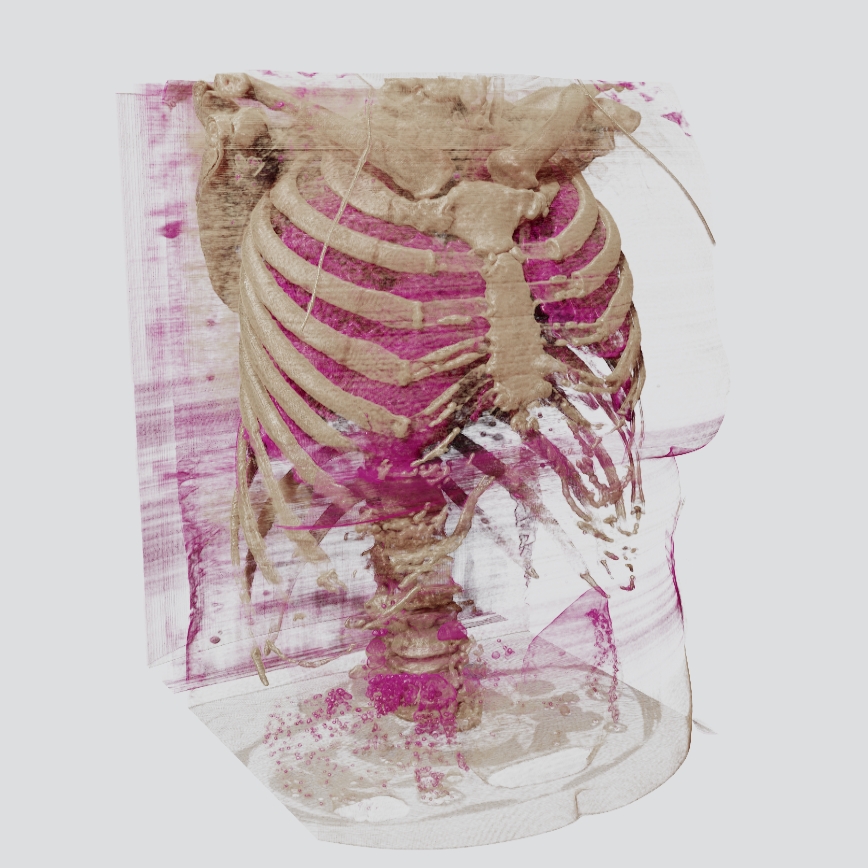
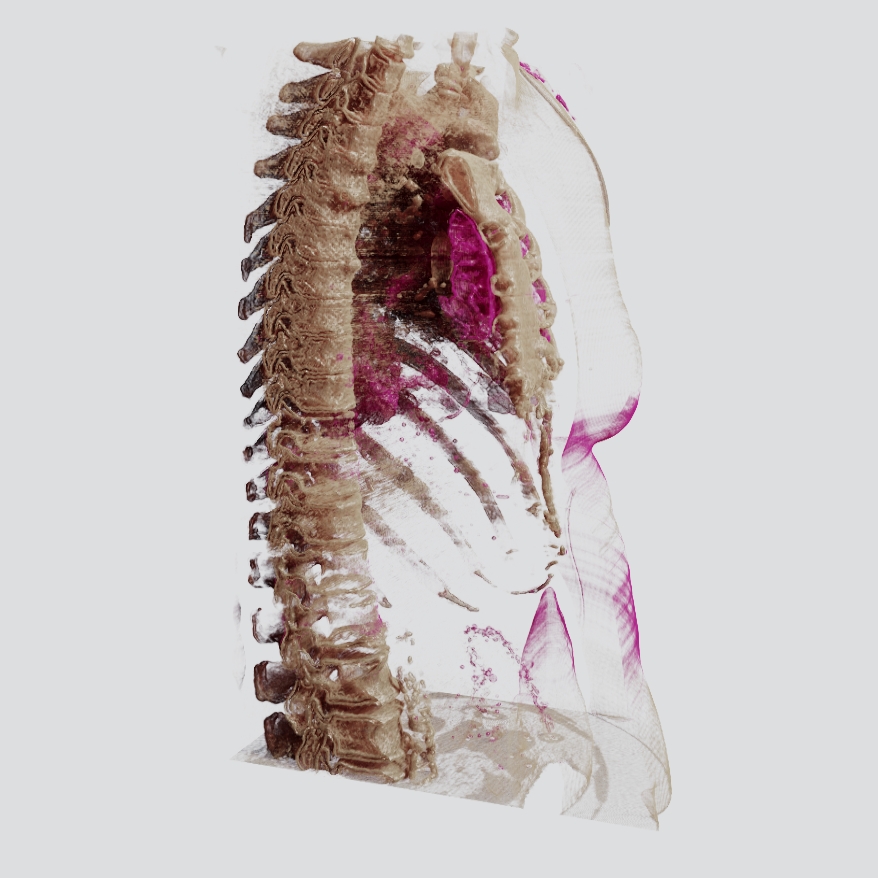
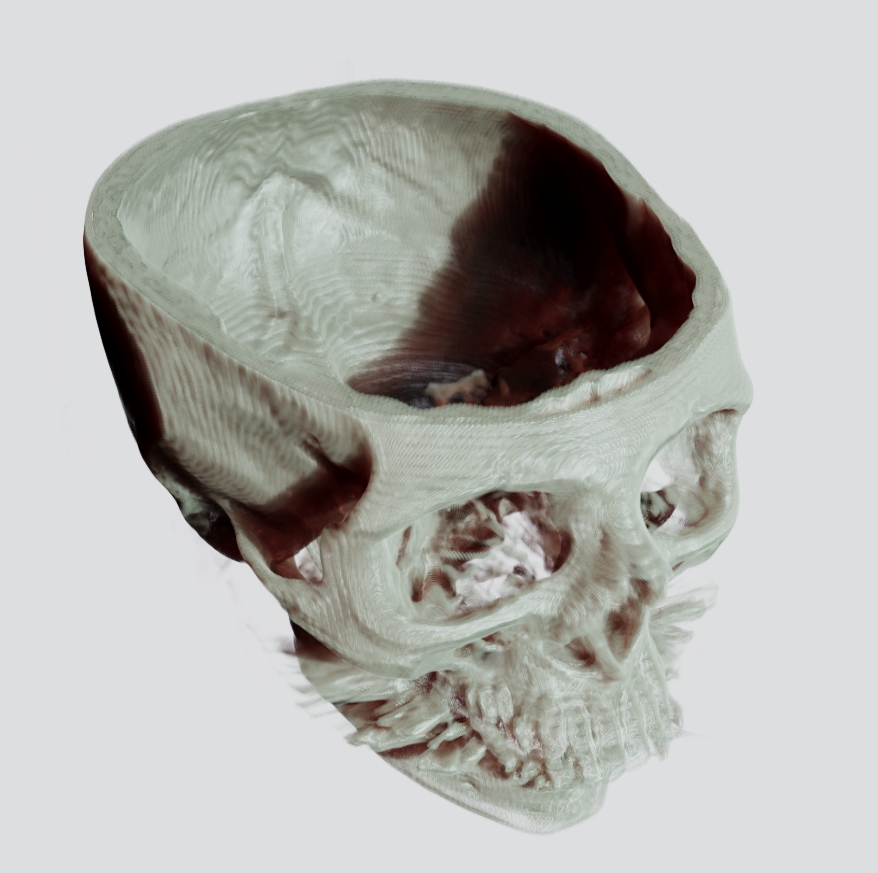
C:\> Homebrew Graphics Engine
Real-time graphics engines visualize virtual scenes with complex lighting effects while simulating the physical interactions of the involved objects. Such engines are utilized extensively in the video game industry. A graphics engine can serve as a framework for medical visualization. Rendering computer-generated scenes is useful for scientific researchers as well. Many topics in physics or mathematics call for computer simulation and visualization to enhance the comprehensibility of a given problem. Our implementation combines existing techniques. Owing to the lucidity, modularity, and transparency of our implementation, the presented render engine currently serves as the foundation of multiple research projects and it can serv as a framework for simple video games.
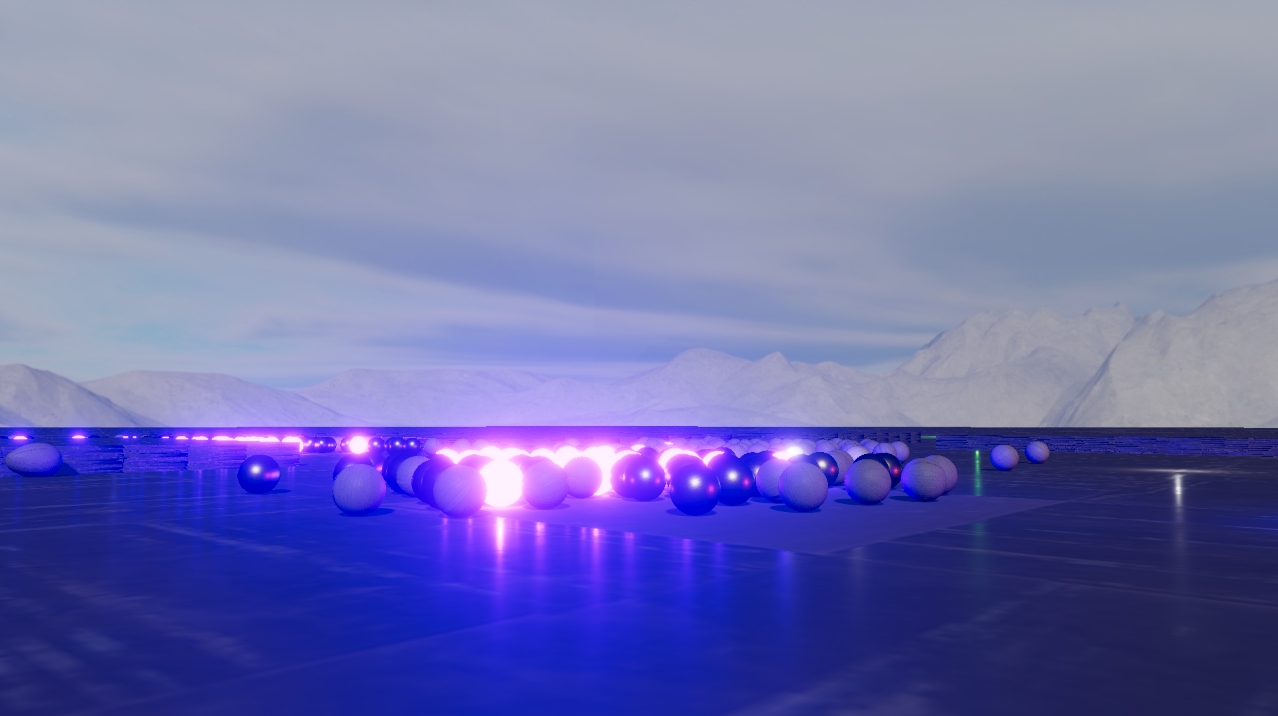
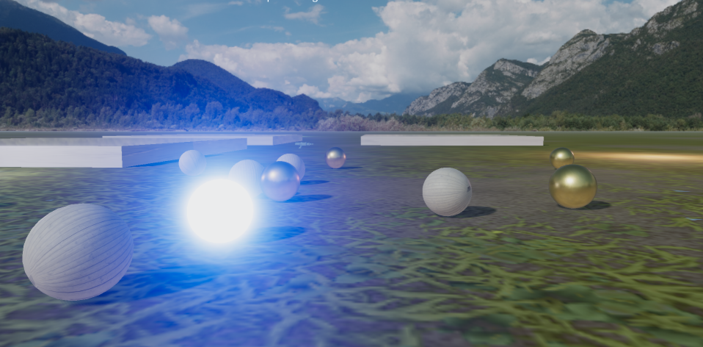
Go to the Github page_
C:\> Pseudo-harmonic surfaces
We implemented a program that generates 3D mesh based on a modified Gordon-Wixom interpolation scheme.

C:\> Quantum Music Composition
Markov chains are a common approach to generating music based on stochastic transition rules. The formalism of Markov chains is closely related to quantum mechanics. Based on this observation, we apply the theory of quantum mechanics to algorithmic music composition. We discuss the pros and cons of using quantum states as opposed to classically stochastic states. In our simulation, we work with a quantum state vector describing the pitch and length of the current note of the music as well as the previous few notes’ pitch. We construct unitary operators to transition from the current note to the next so that the generated notes follow a predefined pattern, or alternatively, the generated music approximates the patterns of other previously written tunes. We provide an in-detail description of our algorithm. We show some of the generated sequences by publishing the sheet music and links to recordings.
